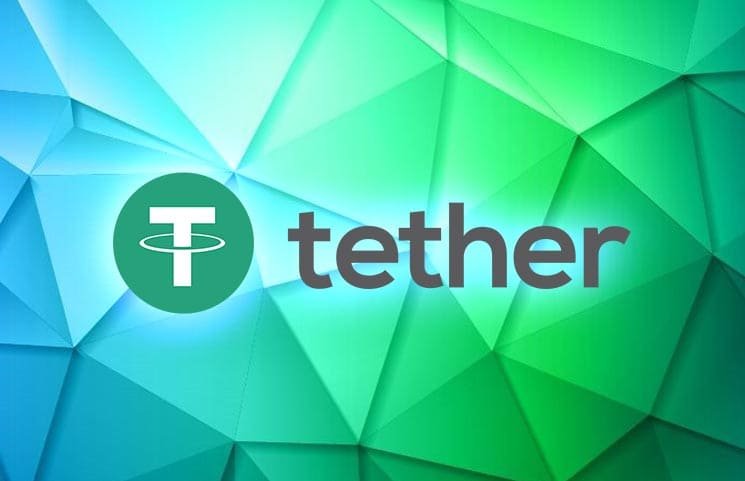Tether Capitalization Growth (USDT): Risks and Expert Opinions
07 July 2020 10:05, UTC

Tether (USDT) Quick Facts
29-01-2020 15:29:55 | News
Brief
- Website: https://tether.to
- Start of trading: August 7, 2015
- Place by capitalization: 3
- Current market cap: $ 9.2 billion
- Share in the total market capitalization: 3.5%
- Average daily turnover: $ 20 billion
- Current USDT Turnover: 9.2 Billion
- Mining: NA
- Type of tokens: ERC-20, Omni, TRC-20.
Key benefits of Tether:
- cash security, constant publications on the volume of reserves;
- fast transactions;
- high liquidity;
- decentralization;
- transparent, open transactions;
- there is no transfer fee between wallets within the system;
- besides the dollar, stablecoin is pegged to the euro and the yuan;
Capitalization growth over the past six months
18-03-2020 14:28:24 | News
Gregory KLUMOV, founder and CEO of STASIS, talks about whether there are concerns about the growing share of stablecoins in the structure of the crypto market:
“The stablecoin market growth comes as great but expected news. The demand for the most popular industry's stablecoins including Tether had risen since the crisis started. The revelation is simple: more institutional investors, along with mainstream users, wanted to shelter their funds. Even though the C19 pandemic is not a hot topic anymore, this trend continues: mainstream adoption is happening, and people will be more comfortable switching gears if anything unpredictable occurs again. Think of fiat-backed stablecoin as your lifeboat in a volatile ocean of traditional finance and seas of cryptocurrencies”.Joe FLANAGAN, Lead App Developer at GetSongbpm, informs about unexpected risks for USDT:
“Right now, it seems like Tether will continue to grow, but the actual value and “health” of real world currencies do play a role. With the current epidemic we are facing, economies throughout the world are constantly facing troubles – which means there are risks when it comes to a cryptocurrency that is anchored to these currencies.”Since the company’s collateral consists of the dollar, euro and RMB, theoretically, serious problems in one of the economies will undermine Tether’s capitalization, and worse, it will provoke the USDT exchange rate to fall below $1. Such problems can be severe deflation or default on bonds, but this is hardly believed. In the long run, all this, of course, can happen, but it is more likely that Tether will have more mundane problems in the form of unfair play, as in the case of Bitfinex, tax problems, or legislative difficulties.
26-12-2018 10:37:58 | News
Therefore, even though USDT remains the leader among stablecoins, it is most likely temporary. If financial corporations, such as banks, enter the market, Tether will have to give way to them. The fact that banks have their reserves will cause much less doubt than the still-young company Tether.
Image courtesy of: MyBitcoin